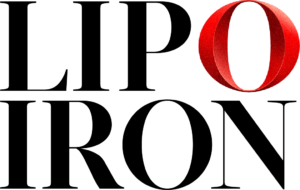Frequently Asked Questions
Most frequent questions and answers
During pregnancy, the required iron intake increases because the placenta and uterus must also be supplied with iron. Furthermore, the fetus develops its own iron store.
The iron that is not used to produce hemoglobin or other proteins is stored as ferritin and – when the ferritin store is full – as haemosiderin. The size of the store varies considerably. If necessary, iron can be rapidly mobilized from ferritin and used for hemoglobin synthesis.
Almost every food contains iron although normally in very small amounts. Meat is the best source of iron because iron from meat is most readily available for the body.
Some foods of plant origin are also rich in iron, e.g. beetroot, pulses, and wholemeal cereals. However, their contribution to daily intake is lower because iron from foods of plant origin can be less readily used by the body. In Germany, the main sources of iron are bread, meat, and sausage products.
A distinction is made between varying stages of iron deficiency:
In the first stage, the iron reserves are merely depleted (reduction of serum ferritin). Health and body functions are not impaired. In Germany, around 10% of women and 3% of men are affected.
When not enough iron is available to form sufficient amounts of hemoglobin (red blood dye), this condition is described as a functional iron deficiency and initial damage can occur. This may manifest as inflammation of the corners of the mouth, the elevated risk of cardiac disease, disrupted hair, and nail growth as well as broken, dry and rough skin. The most severe form is iron deficiency anemia. Less than 1% percent of the population suffers from this in Germany.
Deficiency symptoms may also point to other health problems. A blood test should determine whether an individual has a sufficient iron intake or not. Iron tablets should only be taken after consulting a doctor and in line with his recommendations.
Children and adolescents in the growth phase, women of child-bearing age, pregnant women and vegetarians are the risk groups for inadequate iron intake because they either have elevated requirements or because their diet will lead to an intake which is lower than the recommended level.
Individuals with an iron storage disease and associated iron overload are particularly affected by the growing use of iron in food and food supplements.
Furthermore, based on the current level of knowledge, men and women during menopause are particularly at risk from the onset of chronic diseases like coronary heart disease and cancer which are linked among other things to excessive iron intake.
